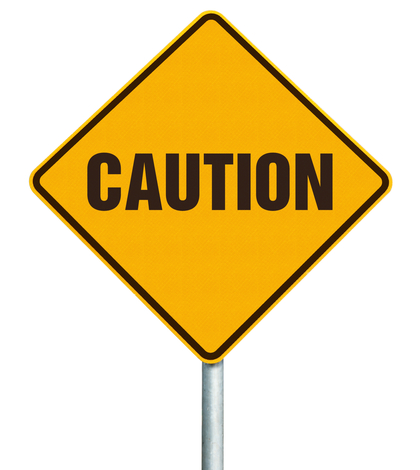The year’s first confirmed cyanobacteria (cyanoHABs), also known as harmful or blue green algae blooms, have been detected by state and local environmental and public health agencies at El Dorado East Regional Park in Long Beach. Field and lab results show that the surface water contains high concentrations of cyanobacteria.
Lab tests confirmed the presence of the cyanobacteria species which is capable of producing many cyanobacteria toxins and low levels of the toxin Anatoxin-a was detected. The levels of Anatoxin-a, a neurotoxin, exceeded the caution trigger level. Postings of caution signs near recreational areas and any area providing access to the water have begun by local environmental and public health agencies as well as the City of Long Beach’s Department of Parks, Recreational and Marine.
Although the concentration of the toxin is low, ingestion of algal material (such as scums and mats) can be dangerous. It does not pose a threat to people swimming in the water children should be kept away from algal material both in the water and on shore. Children should not play or wade in areas with any algal materials; do not let children put any algal material in their mouths.
Symptoms of recreational exposure to the algal blooms can include eye irritation, skin rash, mouth ulcers, vomiting, diarrhea and cold and flu-like symptoms. Although the El Dorado East Regional Park remains open to the public authorities recommend that water users exercise healthy habits when playing in waters that have identified cyanobacteria blooms.
The Statewide Guidance on Cyanobacteria and Harmful Algal Blooms recommends the following for waters impacted by cyanobacteria:
- Avoid areas of accumulated algae, scums or mats when wading or swimming, or recreational boating.
- Do not drink untreated surface water from these areas or use it for cooking.
- Limit or avoid eating fish from these areas; if fish are consumed, throw away guts and liver, and clean filets with tap water or bottled water before cooking.
- Get medical treatment immediately if you or your pet gets sick after going in the water.
Be sure to alert the medical professional to the possible exposure with cyanobacteria.
Also, make sure to contact the local county public health department.
In additional to the advice for humans regarding cyanobacteria it is also important to exercise caution with pets when algal blooms have been identified in an area. Pets can be especially susceptible because they tend to drink while in the water and lick their fur after, increasing their risk of exposure and illness. Symptoms of animal illness include: vomiting and/or diarrhea, lethargy, abnormal liver function test results, difficulty breathing, foaming at the mouth, muscle twitching and even death. If a pet is exposed to algal material (scum), rinse the pet in clean water to remove the algal material and potential toxins from their fur.
Additional information on cyanobacteria and harmful algal bloom can be found at:
- http://www.mywaterquality.ca.gov/habs/
- http://www.mywaterquality.ca.gov/monitoring_council/cyanohab_network/index.html
- http://oehha.ca.gov/ecotoxicology/general-info/information-microcystins
- http://www.cdph.ca.gov/healthinfo/environhealth/water/Pages/Bluegreenalgae.aspx
- https://www.epa.gov/nutrient-policy-data/cyanohabs
- https://www.epa.gov/sites/production/files/2015-06/documents/anatoxin-a-report-2015.pdf
 California Water News Daily Your Source For Water News in California
California Water News Daily Your Source For Water News in California


